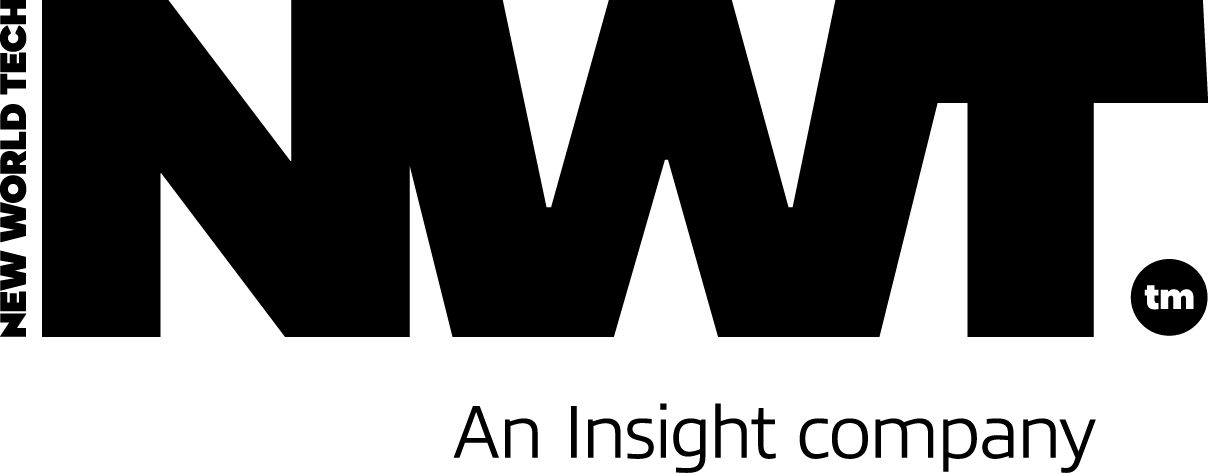What is an agile PMO?


What is an agile PMO is a difficult question to answer, aren’t all PMO’s intended to be agile to support change? Does my organisation need the services of an agile PMO? These are challenging questions that this blog intends to delve deeper to answer them. The first step is by breaking the words down to “agile” and “PMO” to view them separately and understand how they work to complement each other.
Understanding Agile Methodology.
The agile methodology is a framework of project management and software development that organises the tasks into multiple sprints involving continuous communication, feedback loops, and test-driven development.
It is often argued which is better: Agile or Waterfall. Understanding that agile and waterfall are not black-or-white, mutually exclusive choice is the first step in grasping this problem.
Instead of thinking of this as a binary choice between largely plan-driven and heavily adaptive, it is preferable to conceive of it as a range of choices.
Instead of forcing projects and businesses to match some kind of pre-packaged approach, the correct strategy is to tailor the methodology to the nature of the project and business environment.
Understanding the PMO Role.
An organization’s project management office (PMO) is a division that codifies and records the top project management methods. The PMO establishes the parameters for projects, trains personnel, and monitors all project metrics.
The conventional PMO position is primarily plan-driven, and in this type of setting, the PMO would often assume full responsibility for project execution on behalf of the business sponsors.
Planning and project control are often prioritised in this type of organisation. A strategy that is primarily plan-driven would be consistent with this organisation.
This approach does have some drawbacks, as the project can be financially successful but fall short in terms of business value, which is frequently more difficult to quantify.
The Agile PMO
With the previous lessons in mind, an agile PMO is the modernisation of the PMO role with a new take on project management techniques. Its goal is to fast adapt to our changing demands and the state of the world in ways that a typical PMO just cannot.
An Agile PMO makes projects more adaptable than traditional methodologies, even though many of the objectives remain the same.
The decentralisation of control and planning, agile budgeting and resource allocation, and a system of workflow checks and balances that speeds up progress are the key distinctions between a traditional and an Agile PMO.
Advantages and Challenges of an Agile PMO?
As shown before an excellent agile PMO resembles a regular PMO with a few significant differences that are based on an agile approach.
However, there are some advantages and challenges with an agile PMO, the advantages are;
- Teams
Teams aren’t selected for an Agile PMO based on the projects. Cross-departmental teams remain together for multiple assignments as opposed to breaking up and forming new ones. It could occasionally be necessary to get some extra help, but overall this is more effective than starting over every time.
- Teams Freedom
Team freedom is the removal of time-consuming approval procedures and the promotion of self-reliance and informed decision-making within teams. It will be unnecessary to report to a manager at each stage of the project’s development if every team member has comprehensive visibility into the project’s plans and data.
- Backlog Management
Agile backlog management refers to the planning and monitoring of projects. One of the numerous advantages of an agile PMO is that it makes it simple to keep track of all ongoing and planned projects in one location. Find out more about the automated PMO reporting tools used in industry.
- Project Filtering
They maintain a list of corporate projects that are prioritised according to established standards. The majority of projects in a conventional PMO start without a clear approvals procedure beyond a simple sign-off. Before a new concept can be added to the backlog, it must first pass through an initiation step and an approval stage in an agile PMO.
- Speed
PMOs that are Agile measure team capacity and how much they can accomplish in a given sprint rather than counting hours like traditional PMOs do. It helps to encourage a more productive manner of working and provides a better estimate of how long particular tasks will take.
On the other hand, some of the common challenges are:
- Adoption
Agile procedures can be difficult, especially for teams who have been using a particular method of operation for a long time. However, for an agile PMO to be successful, everyone needs to align their goals as soon as possible.
If they don’t, it could result in communication failures that prevent the agile PMO from carrying out their most important tasks and stall development as teams struggle to operate independently.
- Inexperienced Teams
Inexperienced teams frequently struggle with communication and prefer to follow the lead of an authority figure instead of taking the initiative to lead themselves. It typically occurs for two reasons.
First, they could feel that the business culture makes it difficult or perhaps impossible for them to have their voice heard. Second, negotiating the social and professional components of the project might be difficult until a group of people finds their rhythm together.
At New World Tech we are the programmes and projects company with the experience to implement the correct PMO for each unique project, read more about our PMO.


